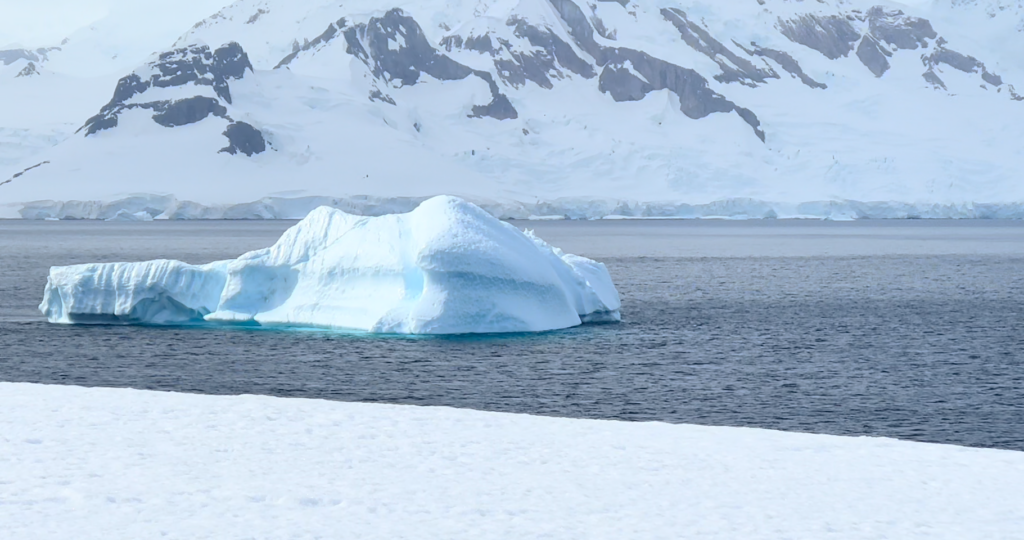This place was epic.
You fly into a landing strip on a small Cessna aircraft out of Wilson airport in Nairobi. It’s totally Indiana Jones. The entire time, you’re flying over massive plains, the bush, and watching large herds of animals move.
Then you arrive at the conservatory.
A really cool welcome
We fly into the dirt landing strip in Ol Pejeta Conservatory, an 18,700 acre spread- all for the animals. We see gorgeous wild zebra, just running across the field. A massive rhino off near the acacia tree line, warthog families, small foxes – and this is all happening before we’ve left the landing strip.
They load us into the toyota landcruiser (safari vehicle) and we’re off to the camp.











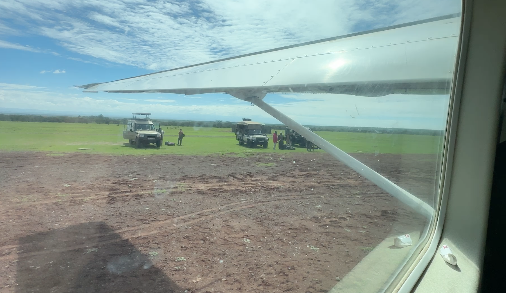
Porini Rhino Camp
Porini is a camp that uses the conservatory model.
Conservatories are created by striking deals with the local indigenous people. In this case, it was the Maasai. There are so many great reasons to create a Conservatory.
Long story, short:
Tourism protects animals, brings in foreign money, and pays locals more than poaching. People start investing in protecting their national heritage and conserving the natural environment for the animals that have spent thousands of years in a delicate balance with the Earth, for a mutually beneficial gain.
The animals get nature, the people get paid for protecting them. Each time a visitor travels there, that person is contributing to that same goal. Everyone knows it, and we all love that concept. It creates a great vibe. Porini Rhino Camp is the epitome of balanced temporary presence in the center of a lush and beautiful African “bush”.



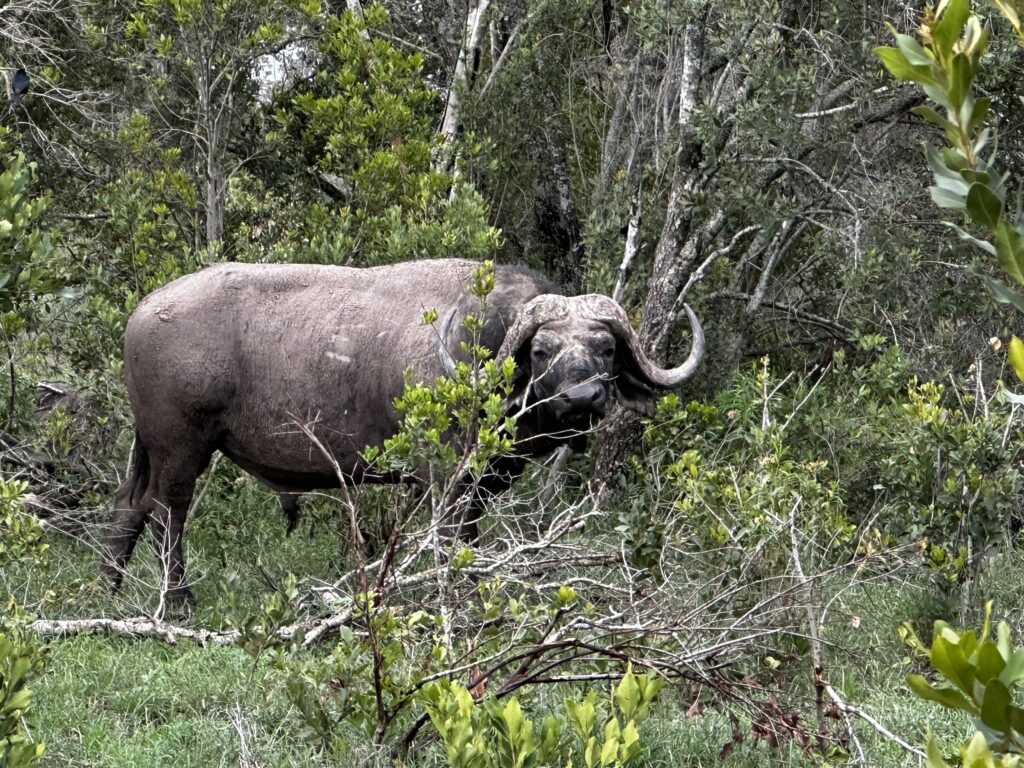





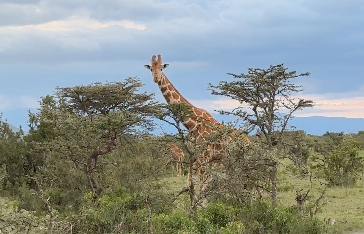

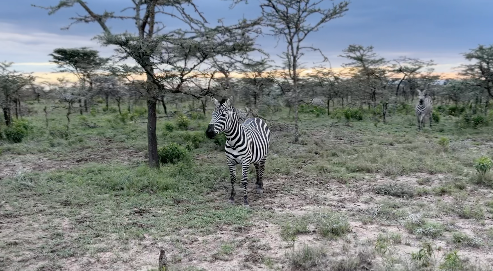





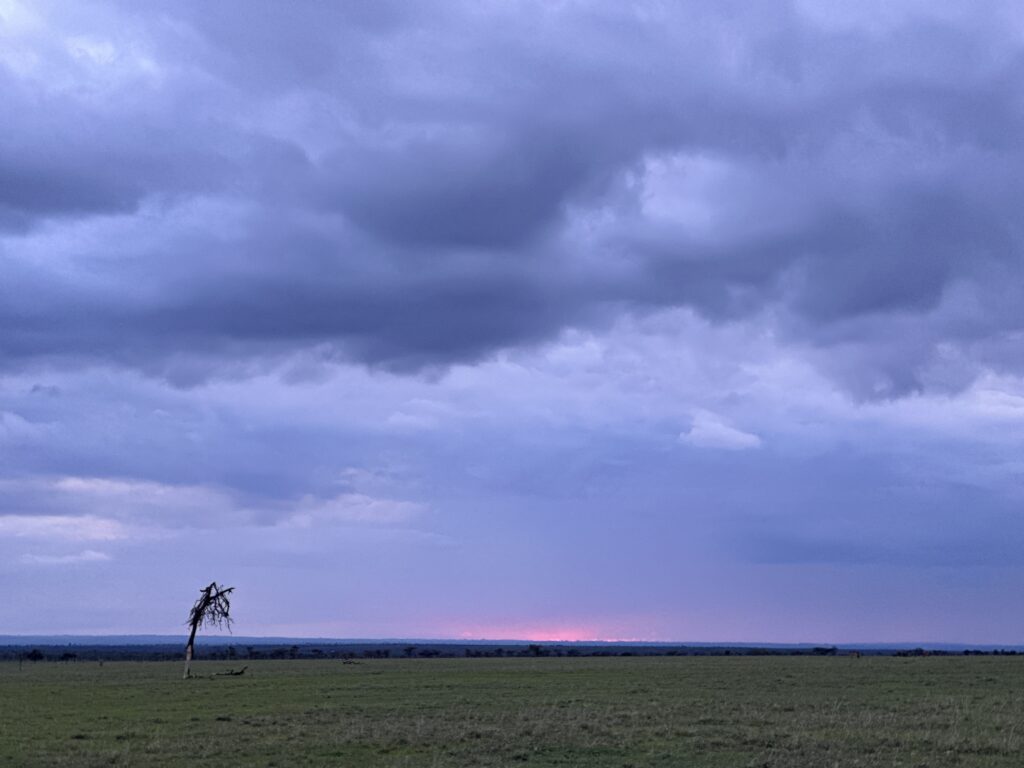




Here’s what Porini says on their website about striking that conservatory deal with the Maasai:
In 1997 we signed an agreement with a Maasai community to establish the first Conservancy (Selenkay) on 13,000 acres of their land in the Amboseli eco-system. Following the success of Selenkay Conservancy, in 2005 we set up the Ol Kinyei Conservancy in the Mara eco-system which was initially 8,000 acres and later expanded to 18,700 acres. This was the first conservancy of its kind in the Mara based on our concept of land being leased and set aside as a conservancy exclusively for wildlife, with no human settlement, and using our formula of a minimum of 700 acres of conservancy for every guest tent and a maximum of 12 tents for any one safari camp, to ensure a low-impact form of tourism. Then in 2006 we were involved with others in setting up the 22,000 acre Olare Orok Conservancy (OOC) in another part of the Mara.
https://www.porini.com/about-us/responsible-tourism/
Flights & Luggage restriction: 15KG MAX!
You can’t bring your entire wardrobe on a small plane. They just can’t carry all your baggage.
Soft bags (that are lockable) are preferable to large rectangular suitcases, owing to the limited space for luggage storage on the small aircraft used for flights into the parks. On the Safarilink and Airkenya light aircraft flights the weight of luggage that can be checked in is limited to 15kgs and this is inclusive of carry-on luggage.
No Plastic Bags !
Since August 2017 plastic bags have been banned in Kenya. Being in possession of a plastic bag is now against the law (although the government has indicated that any penalties will initially apply to retail outlets and manufacturing companies in Kenya rather than individuals). Visitors are advised to avoid packing any plastic bags in their suitcases or in carry-on hand luggage.






